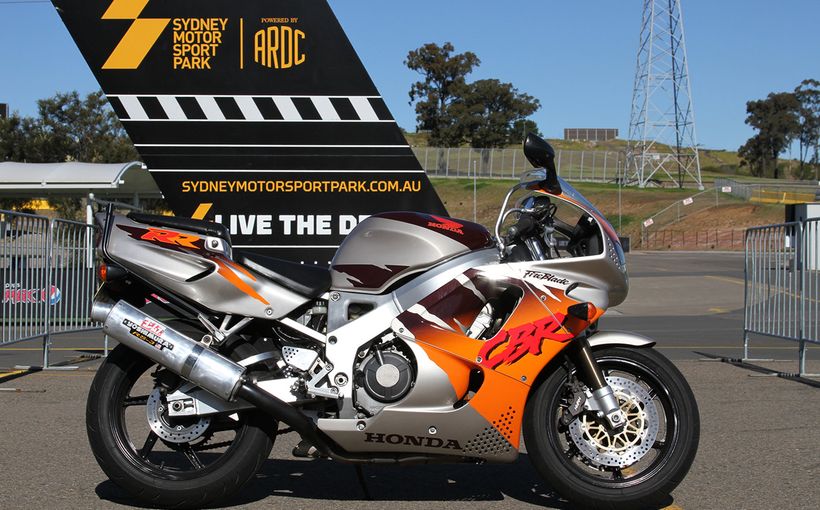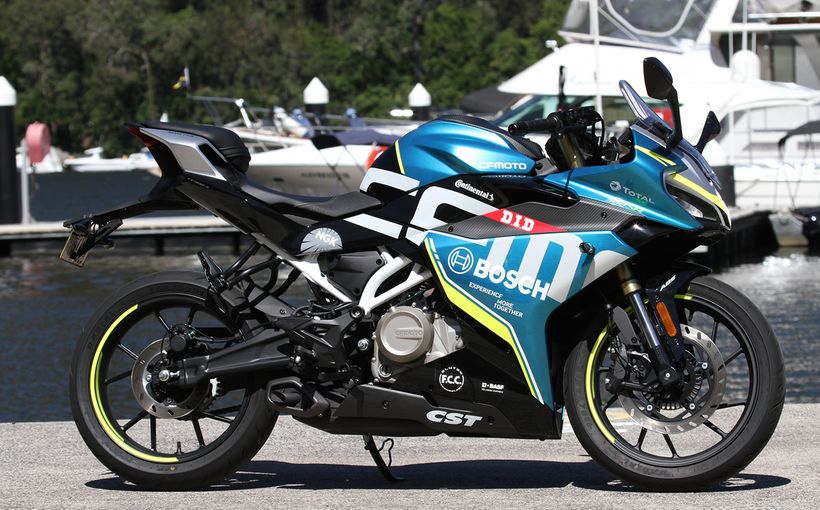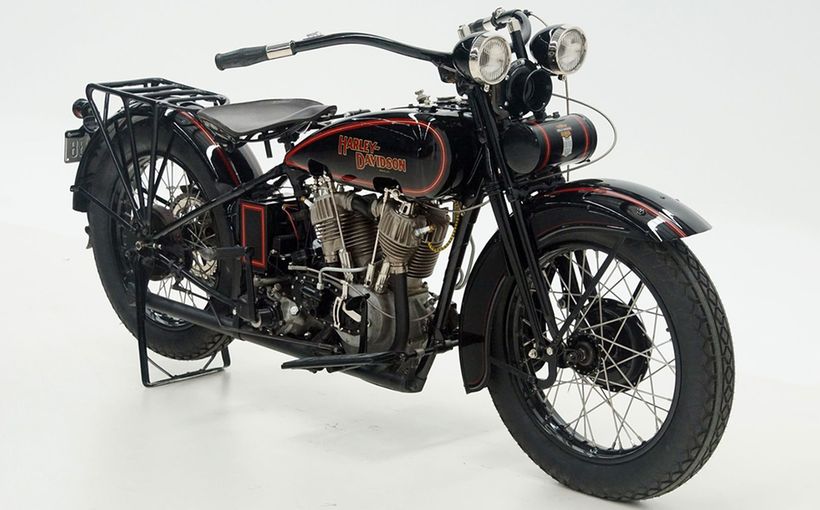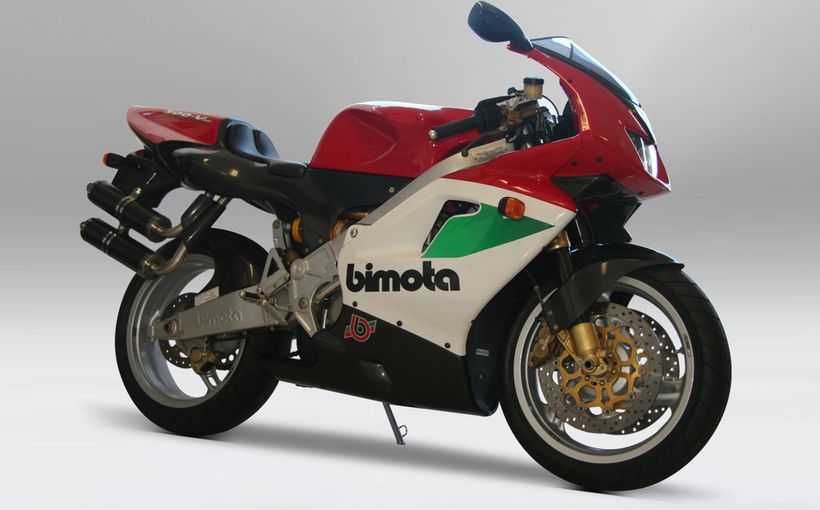
Anyone can twist a throttle to the stop, but not so many know the principles behind safe and effective braking - if you engage in the former often but aren't so hot on the latter, you're just playing a waiting game before push comes to shove, and end up going down the road next to your bike, instead of on it.
Braking skills should be mastered to a competent degree from the outset of anyone's riding career, and then refined as time goes by, but what's the best way to brake anyway?
Set up, squeeze, ease - as in set up your brakes by applying them gently, but enough to get the front forks to compress a little; squeeze the lever with progressive force to achieve the desired deceleration; and then ease them off smoothly once your speed has been set to the required level. It's only through constant practice that you can develop a sense of how close you are to your front and rear tyres' limits of adhesion, so make a conscious effort to practice your braking, and in particular your emergency braking, often.
Instructional ride schools can be a huge help here, with training ranges and trained experts on hand to get you braking harder and more safely than ever before, in the controlled environment of a training range.
Ideally, you should be able to develop your braking to a point where you can nearly reach the limit of adhesion, when the tyres start to 'chirp', but not exceed it - this isn't easy, even before you throw in bumps, potholes and greasy surfaces, which more often than not are the reality on Aussie roads.
Bear in mind that in wet weather your grip is around half of what it is in the dry, and dirt and gravel roads should also be treated with extreme care. Similarly, keep an eye out for spilled petrol or diesel, which will be a rainbow colour if it's wet, and greasy areas in general - like white painted road markings, or when you're approaching an intersection or a set of traffic lights.
The type of bike you ride can also affect how you approach your braking. Most standard road bikes, including sports bikes, commuters and tourers, derive around 80 per cent of their braking force from the front brake, and 20 per cent from the rear. Jump on a cruiser however, with its greater rake, longer wheelbase and different weight distribution, and you'll find the rear brake plays a larger role. Scooters can be somewhere between the two.
Whatever you ride, eye direction is vitally important - keep looking ahead of you when braking, and don't let your eyes drop. The moment you do you've got much less chance of saving a locked front end, as without the horizon as a point of reference it's easier to lose your balance.
On the road, try and get all your braking out of the way before you enter a turn. Racers may brake deep into a corner, but they're on the absolute limit - and that's no place for road rider who wants to stick around.
Finally, your braking performance will also be adversely affected if your tyres are worn out, or you're running the wrong pressures in them - you've only got two small contact patches the size of the palm of your hand between you and the road, so make sure both these areas are in top shape.
Protect your Bike. Call Shannons Insurance on 13 46 46 to get a quote today.









